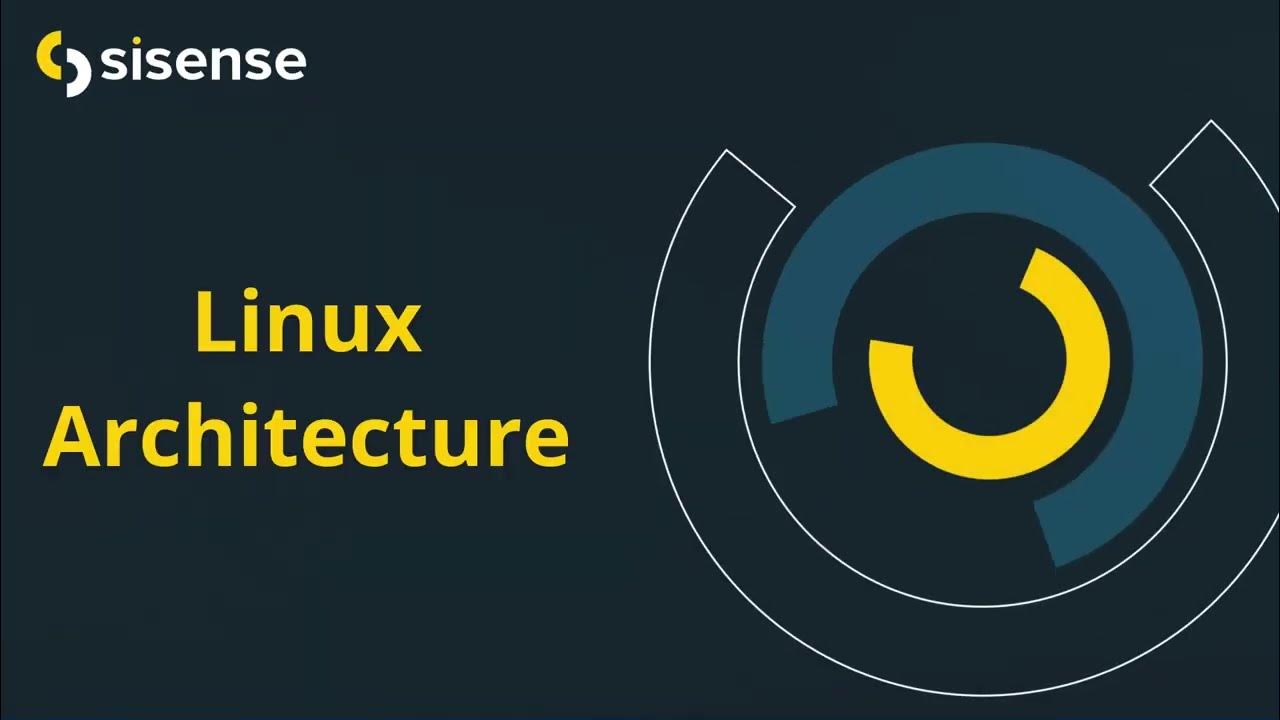Day 5/40 - What is Kubernetes - Kubernetes Architecture Explained
Summary
TLDRIn this video, the presenter dives deep into the architecture of Kubernetes, explaining the key components of the control plane (master node) and worker nodes. The control plane's role in managing workloads, scheduling pods, and ensuring system health is explored, alongside details about core components like the API server, scheduler, controller manager, and etcd. Additionally, the worker nodes' functions are covered, including how kubelet and kubeproxy enable communication and manage workloads. The video provides a thorough overview of Kubernetes, offering both a conceptual framework and practical insights for beginners and those with some prior knowledge of containers.
Takeaways
- 😀 Kubernetes is a container orchestration platform designed to automate application deployment, scaling, and management.
- 😀 Kubernetes architecture consists of two main components: the control plane and worker nodes.
- 😀 The control plane manages the overall state of the cluster, ensuring workloads run as intended.
- 😀 The key components of the control plane are the API server, scheduler, controller manager, and etcd.
- 😀 The API server is the entry point for all requests to the Kubernetes cluster, responsible for authentication and validation.
- 😀 The scheduler assigns workloads (pods) to worker nodes based on available resources.
- 😀 The controller manager ensures the desired state of resources by monitoring and making necessary adjustments.
- 😀 etcd is a key-value store that holds all the configuration data and cluster state in Kubernetes.
- 😀 Worker nodes are responsible for running the applications (pods) and providing the required resources.
- 😀 The kubelet on each worker node ensures that containers are running as expected and reports back to the API server.
- 😀 The kube-proxy ensures network communication between pods and services within the worker node and across nodes.
Q & A
What is the role of the control plane in Kubernetes architecture?
-The control plane is responsible for managing the Kubernetes cluster. It coordinates and monitors all operations in the cluster, issuing instructions to the worker nodes through its components, ensuring the desired state of the system is maintained.
What is a node in Kubernetes?
-In Kubernetes, a node refers to a virtual machine or a physical machine that runs various components of the Kubernetes environment. Nodes are categorized into control plane nodes and worker nodes, with worker nodes running the application workloads.
What is the difference between a pod and a container in Kubernetes?
-A pod is the smallest deployable unit in Kubernetes that encapsulates one or more containers. Containers, such as an Nginx container, run inside a pod, sharing resources like CPU and memory, which is essential for effective resource utilization.
What is the function of the API server in the Kubernetes control plane?
-The API server is the central point of interaction in the Kubernetes control plane. It receives requests from users or other components and forwards them to the appropriate Kubernetes component. It validates and processes API requests and manages the state of the system.
How does the scheduler in Kubernetes work?
-The scheduler is responsible for deciding which worker node will run a pod. It receives requests from the API server, considers various factors like resource availability, and then selects an appropriate node for the pod.
What is the role of the controller manager in Kubernetes?
-The controller manager ensures that the desired state of the system is maintained. It monitors resources like pods, nodes, and deployments, and if any resource is not in the desired state, it takes corrective actions such as restarting a failed pod.
What is etcd and why is it important in Kubernetes?
-etcd is a key-value data store that stores all the configuration data and cluster state in Kubernetes. It holds information such as cluster configuration, node details, and pod state. Changes made to the cluster are immediately reflected in etcd, ensuring consistency across the cluster.
What is the purpose of kubelet and kube-proxy in worker nodes?
-The kubelet is an agent that runs on each worker node and ensures that the containers in the pod are running as expected. The kube-proxy is responsible for network proxying, enabling communication between pods and services by managing IP tables and forwarding traffic.
How does the control plane interact with worker nodes?
-The control plane interacts with worker nodes through the kubelet and kube-proxy. The API server sends instructions to the kubelet via the kube-proxy, which then executes tasks such as pod creation, deletion, or updates on the worker nodes.
What is the purpose of the ‘kubectl’ CLI tool in Kubernetes?
-kubectl is a command-line interface tool that allows users to interact with the Kubernetes cluster. It enables users to execute commands such as creating, updating, or deleting resources like pods, deployments, and services within the cluster.
Outlines

This section is available to paid users only. Please upgrade to access this part.
Upgrade NowMindmap

This section is available to paid users only. Please upgrade to access this part.
Upgrade NowKeywords

This section is available to paid users only. Please upgrade to access this part.
Upgrade NowHighlights

This section is available to paid users only. Please upgrade to access this part.
Upgrade NowTranscripts

This section is available to paid users only. Please upgrade to access this part.
Upgrade NowBrowse More Related Video

Day-31 | KUBERNETES ARCHITECTURE USING EXAMPLES | Kubernetes is Easy #devops #k8s #devopscourse

Kubernetes Architecture in 7 minutes | K8s explained

Setup Kubernetes Cluster Using Kubeadm [Multi-node]

קורס kubernetes (k8s) המלא - שיעור 2 - ארכיטקטורה של אשכול (cluster architecture)

Create AWS EKS Cluster using Terraform: AWS EKS Kubernetes Tutorial - Part 2

Linux Architecture
5.0 / 5 (0 votes)